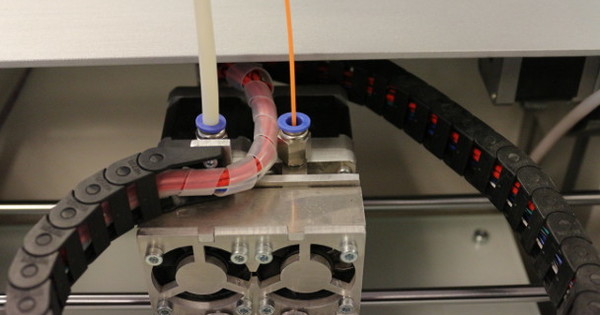You may not need any external software to encrypt files on your PC. Windows 10 itself has a built-in encryption tool called BitLocker, with which you can encrypt entire disks. We explain how to get started.
BitLocker is only available on computers running Windows 7 Ultimate or Enterprise, Windows 8.1 Pro, and Enterprise or Windows 10 Pro. Note that Home editions of Windows are not included.
In addition, you must have a storage drive with at least two partitions and a Trusted Platform Module (TPM), a special chip that can perform checks on your hardware, software and firmware. If an unauthorized change is found, your computer will boot in a restricted mode so that malicious parties can do little additional damage.
To make sure that BitLocker can run on your computer, you can run a check with the program itself when you start BitLocker.
Is BitLocker safe to use?
Some people don't like the idea of using BitLocker because they can't be sure that Microsoft isn't granting access to government agencies and the like. BitLocker is not an open source program, so code-savvy people can't walk through it to check for backdoor access.
On the other hand, the program does offer protection against other malicious parties. So if you don't care if the government could possibly access your disk content, BitLocker is a great solution. If you're still concerned, try a program like VeraCrypt.
Tip: Before you get started with BitLocker, we recommend that you back up your important files.
Enable BitLocker
In Windows 10, you can enable Bitlocker by going to the Control Panel to go. Then type the text bit locker in the search bar and press Enter or find the icon Bitlocker Drive Encryption on. Then click on Enable Bitlocker.
The program then checks whether your computer is suitable for BitLocker. If you have a TPM module but it is not turned on, your computer will need to be rebooted completely to enable the module. First remove any USB sticks or external drives from the computer.
Do you get a message during startup that changes have been made to your computer? Then press F10 to confirm the change. When your computer has restarted, you will immediately see the BitLocker window. The TPM hardware is now enabled. You can check this in the BitLocker window by checking if there is a check mark next to it.

Choose password
Before encrypting your drive, choose a secure password. You must enter this password every time you start your computer before the Windows 10 login screen appears. You can choose to enter the password manually or using a USB drive.
Next, you need to save a recovery key that will allow you to unlock your computer in an emergency. You can save this key in your Microsoft account, in a file or on a flash drive. You can also print the recovery key. It is recommended to choose at least two ways, in case you lose one.
If you save the key in your Microsoft account, you can unlock your files from the Windows servers if you lose your own saved versions. But you are then dependent on the integrity of Microsoft's servers. You never know exactly who has access to the Microsoft servers.
When you have chosen two or more saving methods, click Next one to proceed to.
Using BitLocker
Now you are going to choose how much of your hard drive you want to encrypt. If you have a new PC, it is better to encrypt the part of the drive that is in use, as all new files will be automatically encrypted. If you have an older PC, it is wise to encrypt the entire drive. Choose what best suits your computer and click Next one.
Since Windows 10, you choose an encryption mode: new or compatible. The compatible mode is mainly for removable drives used with older Windows versions where the new encryption mode is not available. So if it's an internal drive or a removable drive that you only use on Windows 10 computers, it's best to choose the new mode. click on Next one.

Your drive will not be encrypted until you restart your computer. From that moment on you will also need your password or the USB drive to unlock your computer. Encryption may take a while, depending on the format of your drive and the choices you've made. You can use your computer during this process and you will be kept informed of the progress. It's a good idea to only perform tasks that don't take up too much of your system resources.
Once the encryption process is complete, you're done. All files you create from now on are automatically encrypted, and you need your BitLocker password or USB drive every time you start up your computer.

